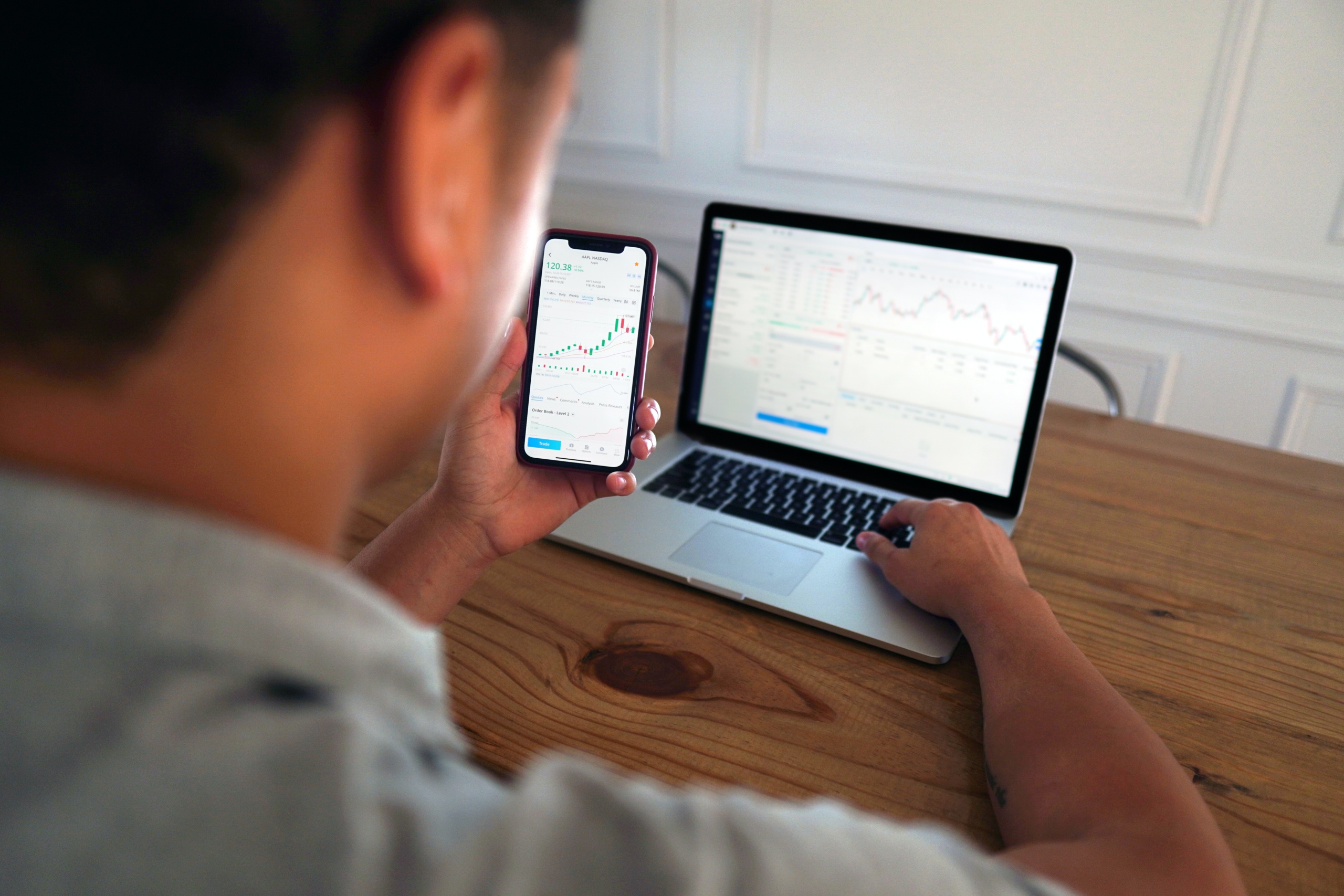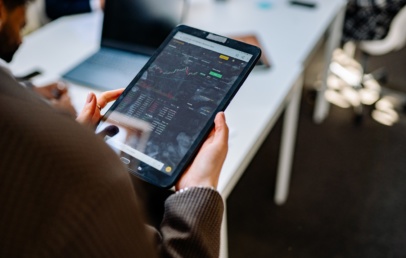There is a big possibility that you’ve heard the phrase “bitcoin mining,” a process that’s known to manage bitcoin transactions, as well as to create great wealth. Although bitcoins can be bought, it would cost bucks to buy a single bitcoin with the market currently wild. Hence, mining becomes an option to earn bitcoin without the need to spend quite a few pennies just to buy one.
Bitcoin mining is executed by highly powered computers that solve mind-breaking computational mathematical problems too complex to be solved by hands. These powerful computers—called ASICs— are competing against other miners in guessing a specific number.
The first miner to arrive at the accurate answer gets to update the transaction ledger and the reward of 6.25 Bitcoins.
How Bitcoin Mining Works
A transaction happens whenever someone sends bitcoin anywhere. These transactions— made online or in-store— are all documented by physical receipts, point-of-sale systems, and banks.
The same thing happens during bitcoin mining.
By clumping all the transactions within a block, bitcoin mining is an alternative to the banking system, though the public record is well-known as a blockchain. Nodes keep records of these blocks, making the transactions verifiable in the future.
However, although they both provide transaction records, banking systems are centralized, while bitcoin offers a decentralized alternative for others to use.
Bitcoin Mining Process
After the computer gets the right guess, the computer will determine which pending transaction will be inserted in the following block of transactions in the blockchain. The block of transactions bitcoin miners created, and the solutions will be sent to the entire network, making other computers participating in the blockchain ecosystem validate it.
Every computer that authority your solution updates its copy of the bitcoin transaction ledger along with the transactions you pick to include in the ecosystem. Once each and every transaction in the block you’ve entered gets confirmed, it will be virtually irreversible.
Although the mining part is just a mere by-product of the confirmation process of transactions, it is referred to as “mining” because this process helps “mine” new Bitcoins. The moniker seems quite a bit off since the primary goal of mining is to keep the ledger in a decentralized manner.
After the 21 million Bitcoin is mined, it is presumed that every mining fee will continue to incentivize the course of bitcoin mining. As Bitcoin gains more popularity, the mining fees become more cost-effective along with the decrease of reward.
Mining Difficulty
Bitcoin mining might seem so easy that it’s tempting to try it out immediately, but it is absolutely not.
Bitcoin’s founder, Satoshi Nakamoto, organized rules for mining in a way that those with a more powerful mining power will receive problems that are much harder to solve. This means the difficulty of the mining process varies depending on the mining power of the network.
If more and more miners join the network, the problems given will become harder. On the other hand, if the number of miners drops, the problem will become easier. This phenomenon is called the mining difficulty.
The difficulty adjusts automatically to create a stable flow of newly created Bitcoins to the system. This was designed to keep inflation under a monitor. The mining difficulty is set so that a new block will be added every 10 minutes on average.
Bitcoin Mining Hardware Requirement
For you to establish a real profitable bitcoin mining, you need to invest heavily in extremely powerful equipment, storage, and cooling such as the following:
CPU Mining
Way back in 2019, when there weren’t a lot of miners, a Central Processing Unit (CPU) was enough to start mining since the mining difficulty was still extremely low. Yet, as the name “Bitcoin” started to create a buzz around the world, people began to look for more powerful mining alternatives.
GPU Mining

Before, GPUs were made to let gamers run computer games with high graphic requirements. Due to this architecture, it has become notable in the field of cryptography. In 2011, people started using them in bitcoin mining. A Graphics Processing Unit (GPU) is used to carry out more difficult calculations.
The mining power of a single GPU is uniform to that of 30 CPUs. That’s how powerful a GPU is.
ASIC Mining

The ASIC (Application Specific Integrated Circuit) miner was introduced around 2013. ASIC pieces are hardware designed solely for bitcoin mining. Unlike CPUs, GPUs, and FPGAs, which can be used for other purposes, ASICs cannot be used for anything else.
There are ASICS that appeared in the form of USB, but they phased out rather quickly.
Although ASICS began way back in 2013, powerful miners continuously evolve, producing more powerful miners every six months. After three whole years of the continuous technological race, the release of new miners eventually slowed down in 2016.
FPGA Mining

FPGA runs a set of calculations through hardware that can be connected to a computer. However, this hardware requires quite a bit of hard work to configure, which is why they are not used commonly as GPUs. FPGAs are almost the same as GPUs but 100 times faster.
Bitcoin Mining Pools
Bitcoin mining is a highly competitive game. Hence, although you possess the best possible hardware in the market, you could still be disadvantaged against huge and professional mining farms. This is where mining pools would come in.
In order to compete more effectively, miners formed a “pool” together, combining their mining power. If the pool manages to win the competition, the reward will be given to every pool member, and the amount they will receive will be based on the mining power they contributed. Through the mining pool, even small-time miners could have the chance to earn Bitcoin.

According to statistics, about 65% of Bitcoin mining around the globe is executed in China because of the country’s low manufacturing cost, cheap electricity, and favorable weather conditions.
Bitcoin Mining Profitability
Bitcoin mining’s profitability depends on various factors.
A hash— the math problem miner needs to solve— is one factor that determines bitcoin mining profitability. The hash rate indicates the number of guesses your computer can make every second. The more guesses your computer can make, the more chances you have to come up with the answer and earn bitcoin.
Another factor to be considered is electricity. Mining consumes too much energy, so it might give you a headache because of the expensive electricity cost. That’s why you need to give consideration to how much you are paying per kilowatt. Knowing our electricity rate will allow you to calculate profitability properly.
If you belong to a mining pool, you should pay attention to the pool fees as they can also affect your profitability. Mining pools take around 2% of your earnings for rendering their service.
Bitcoin’s price is something that needs attention. Predicting the profitability of bitcoin mining is not easy since bitcoin’s price is always fluctuating. However, converting your mined bitcoin could have a significant impact on your earnings.
These are just some of the mining variables that need attention to see if mining bitcoin would be beneficial for your finances. There are profitability calculators which you can use to check.
Mining a bitcoin is not the only possible way you could earn from Bitcoin. There might be some methods you can use to get a high return on your investment without mining. Considering Bitcoin’s price, buying Bitcoin seems to be much more profitable than mining them.



